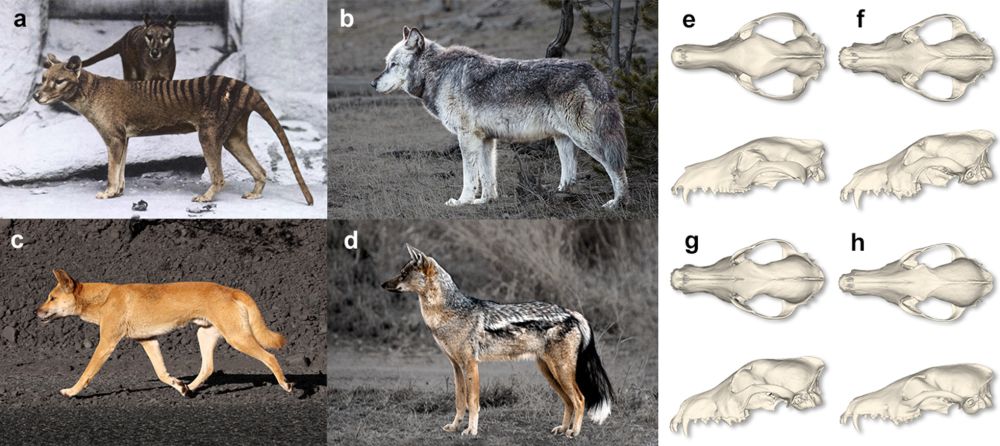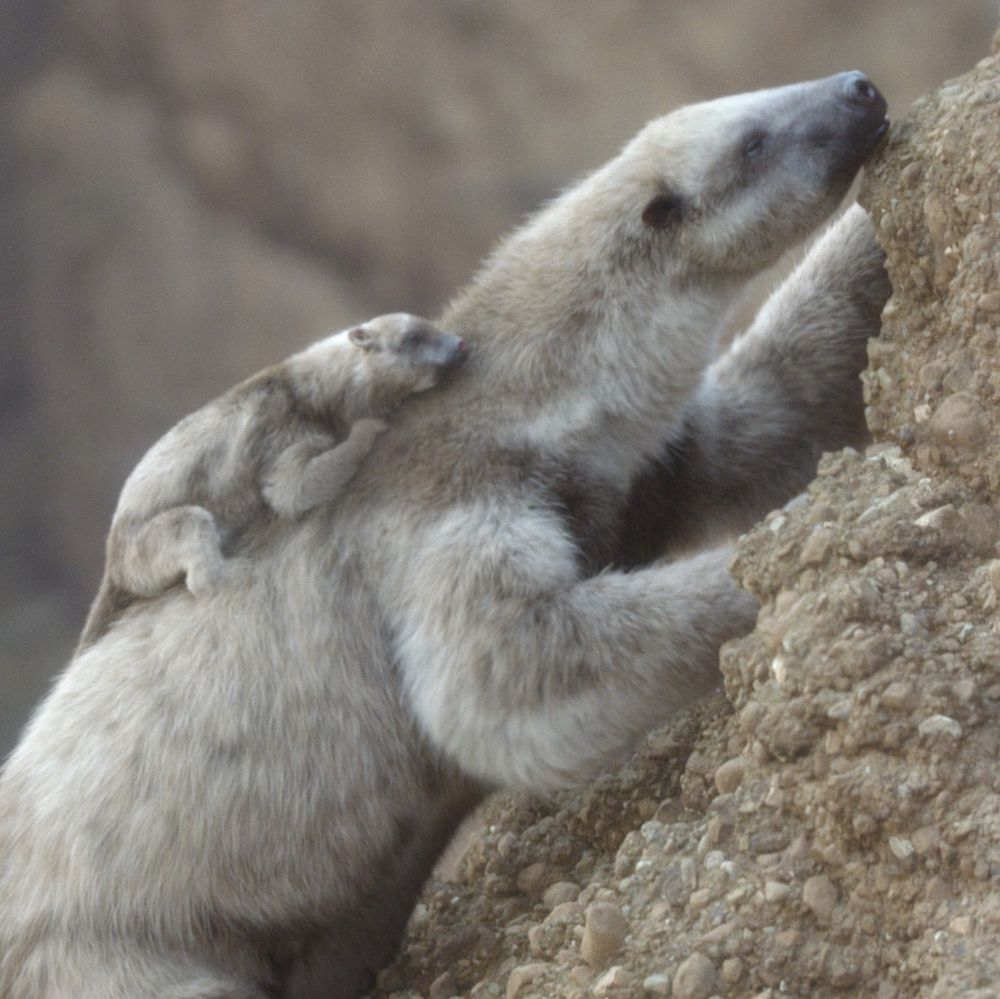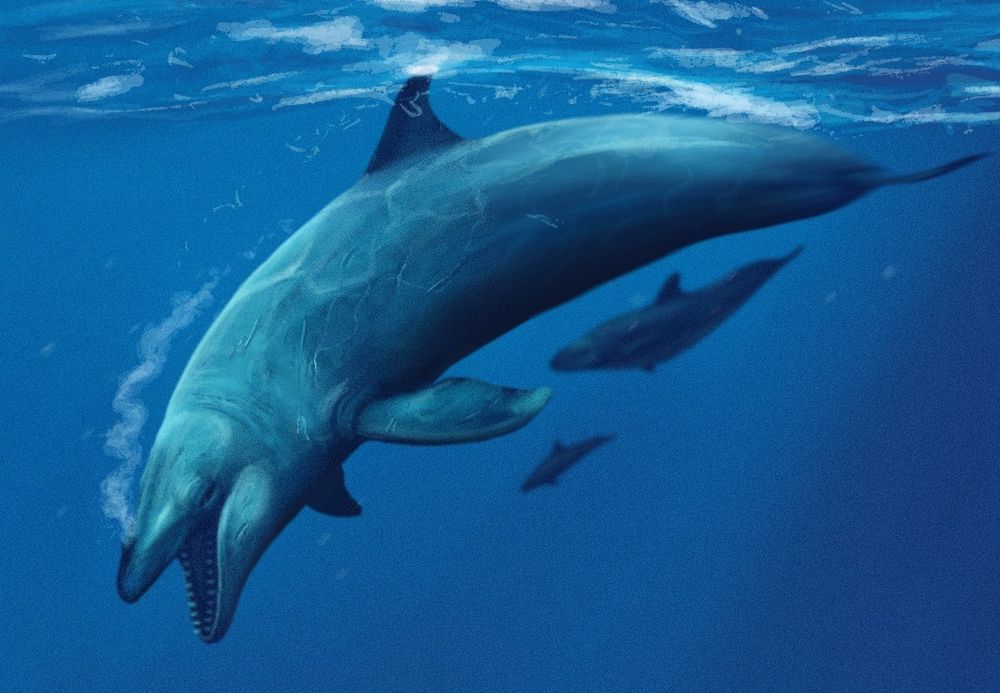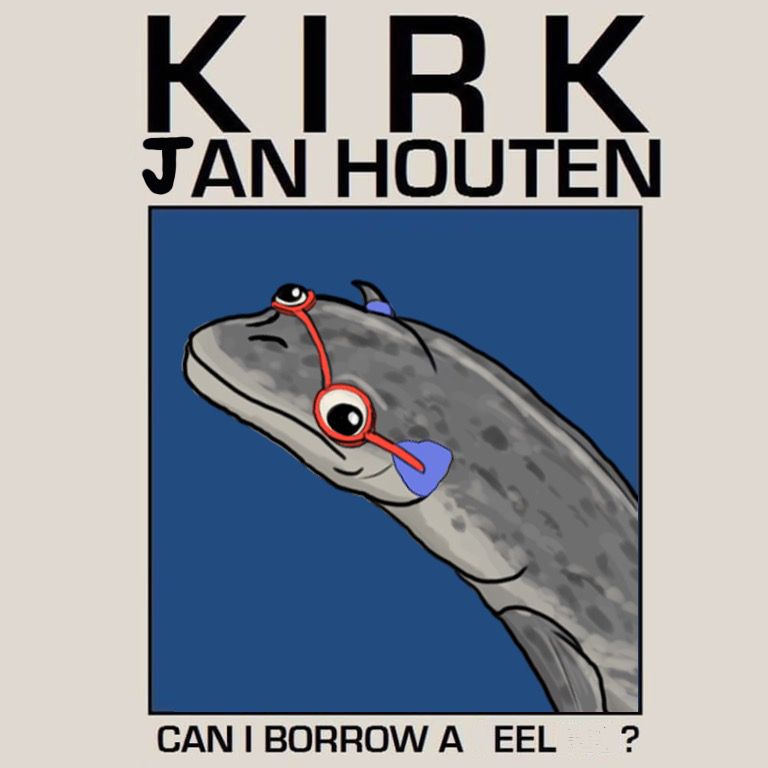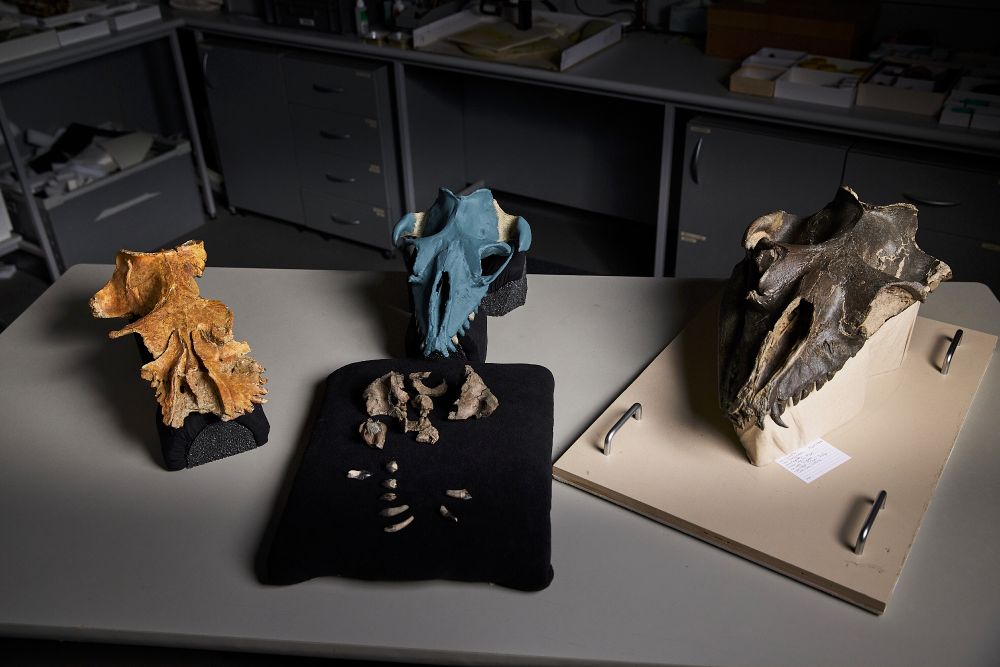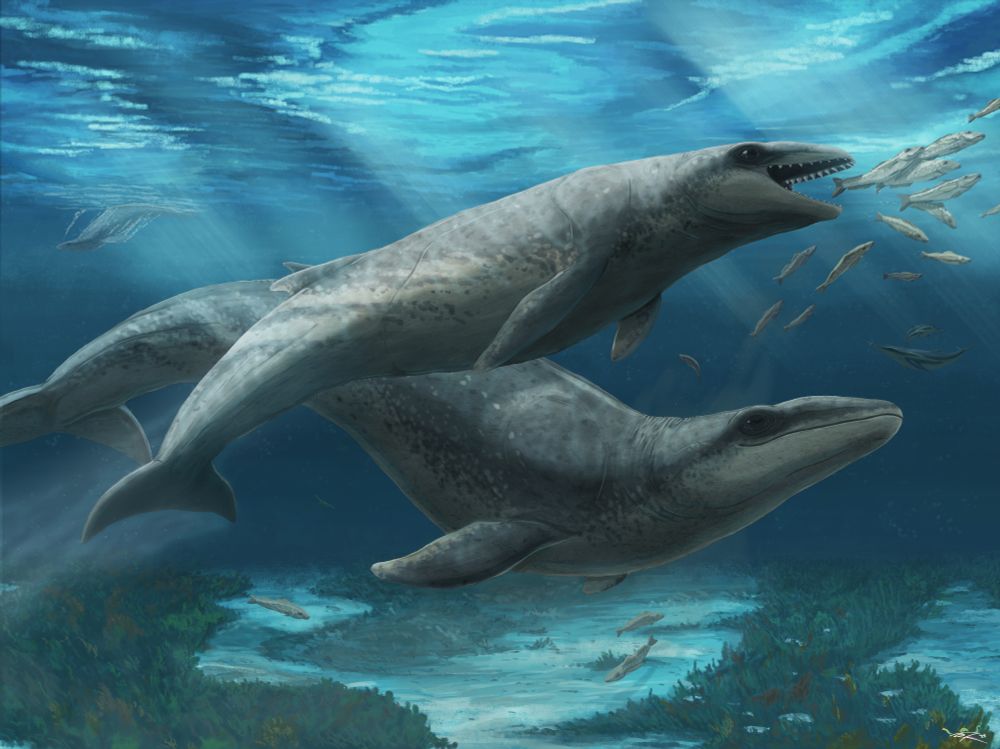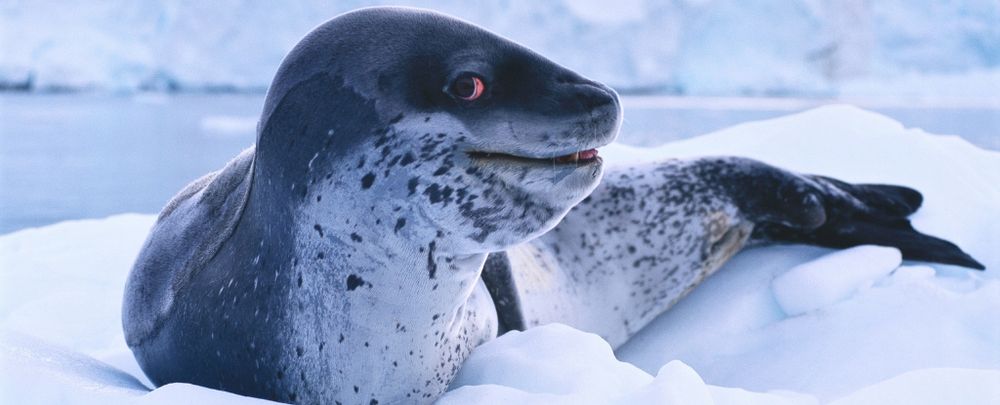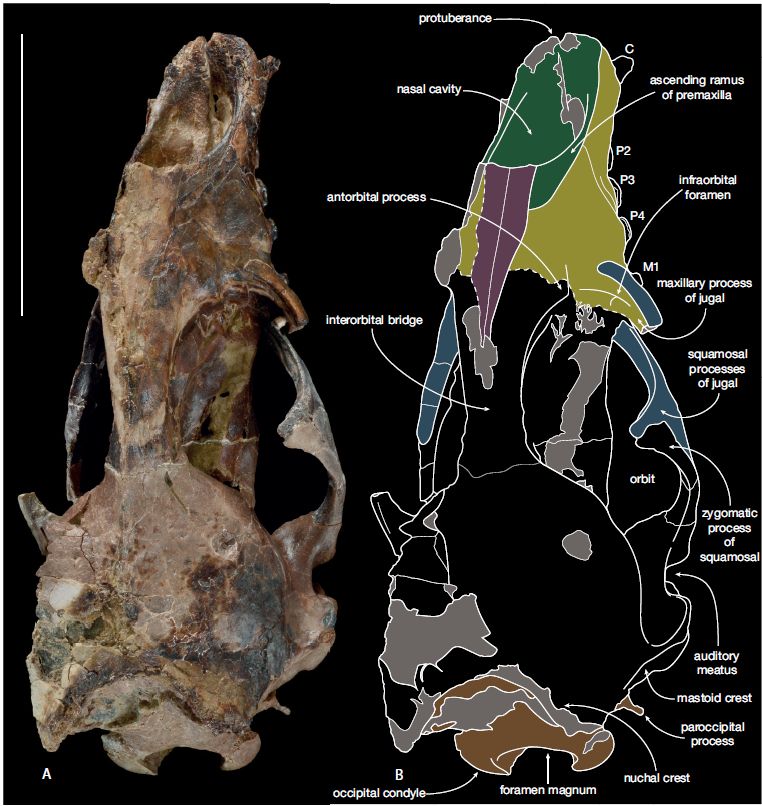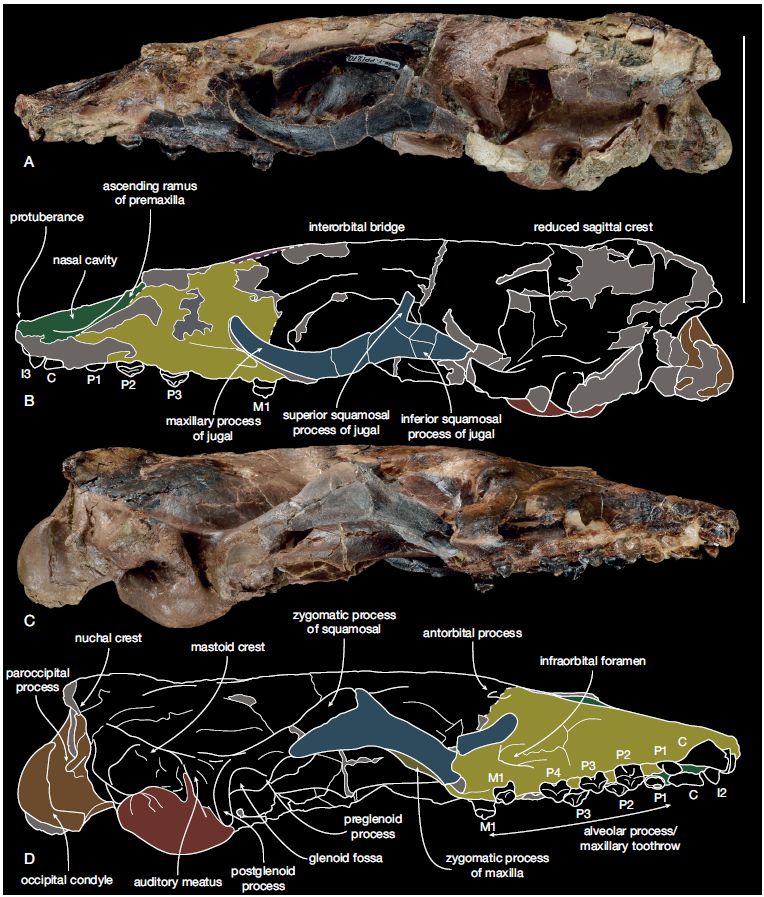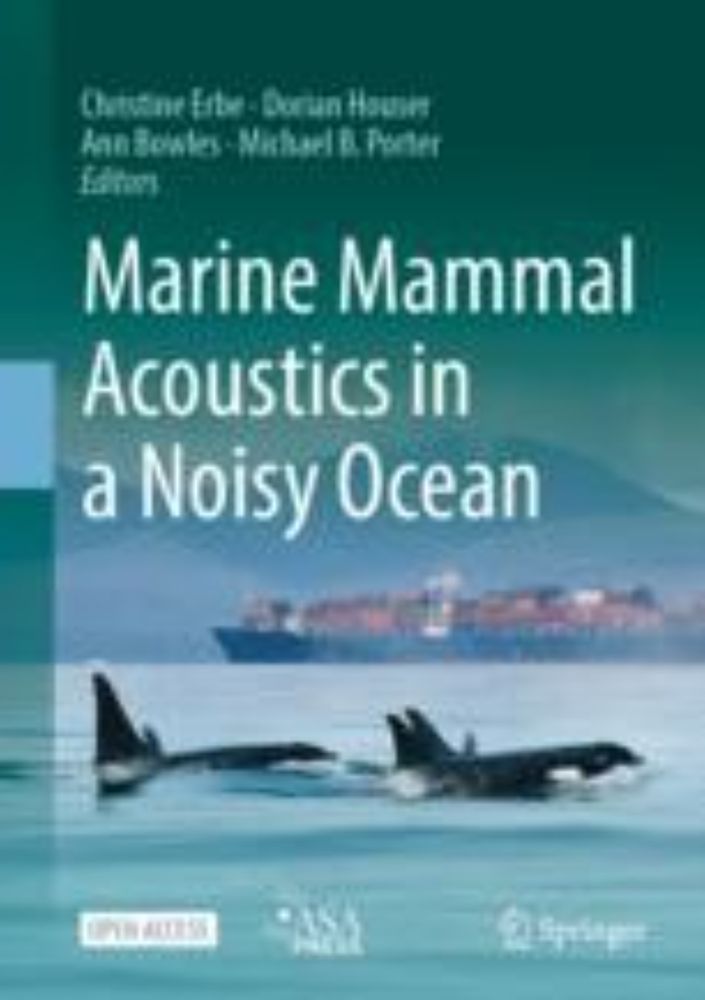Dr James Rule
@palaeo-jrule.bsky.social
1.5K followers
460 following
46 posts
Evolutionary Biologist/Palaeontologist. Prev. NHM London. Researcher at Monash University. Reseaching auditory evolution in seals! 🦭 (he/him)
Posts
Media
Videos
Starter Packs
Reposted by Dr James Rule
Reposted by Dr James Rule
Reposted by Dr James Rule
Reposted by Dr James Rule
Reposted by Dr James Rule
Reposted by Dr James Rule
Reposted by Dr James Rule
Reposted by Dr James Rule
Mongabay
@mongabay.com
· Aug 21

Leopard seals sing songs similar to nursery rhymes, study
In the cathedral of ice beneath Antarctica’s frozen sea, male leopard seals conduct their solitary concerts. Day after day, sometimes for 13 hours straight, these predators plunge into the frigid…
news.mongabay.com
Reposted by Dr James Rule
Reposted by Dr James Rule
Reposted by Dr James Rule
Ruairidh Duncan
@inxcetus.bsky.social
· Aug 13

An immature toothed mysticete from the Oligocene of Australia and insights into mammalodontid (Cetacea: Mysticeti) morphology, systematics, and ontogeny
Abstract. Mammalodontids are a clade of toothed mysticetes known only from the Chattian of south-eastern Australia and New Zealand. Despite three named spe
academic.oup.com
Reposted by Dr James Rule
Reposted by Dr James Rule
Reposted by Dr James Rule
Reposted by Dr James Rule
Reposted by Dr James Rule
Reposted by Dr James Rule
Reposted by Dr James Rule
Darren Naish
@tetzoo.bsky.social
· Aug 1
Reposted by Dr James Rule


